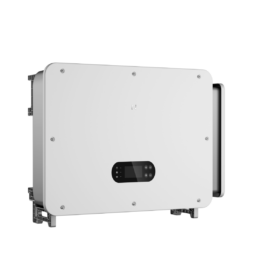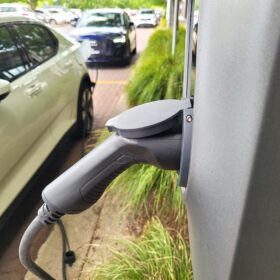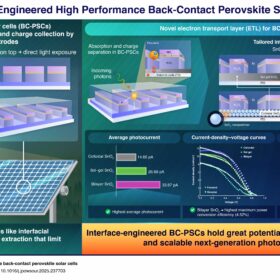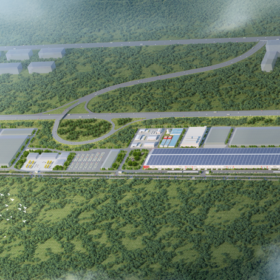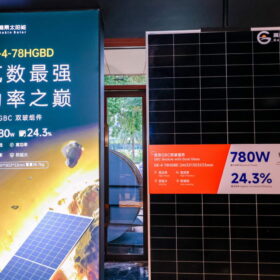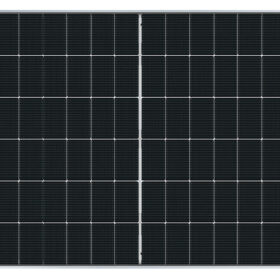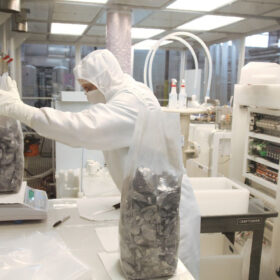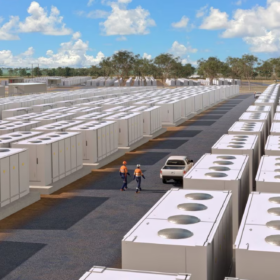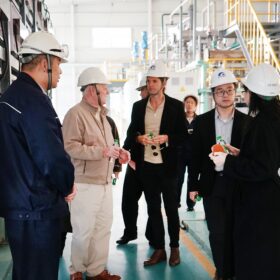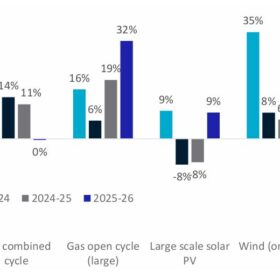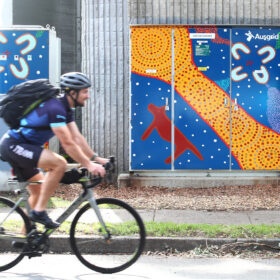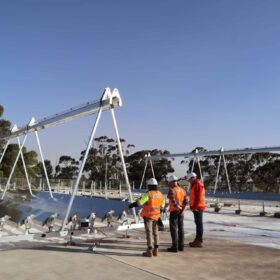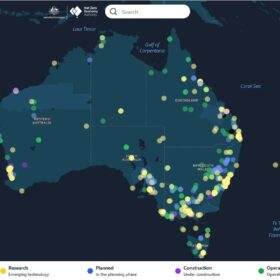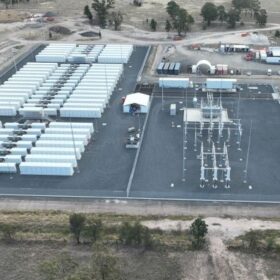GoodWe launches new hybrid inverters for C&I solar
The Chinese manufacturer has launched a new series of three-phase hybrid inverters ranging from 80 kW to 100 kW. The new products feature eight MPPTs with up to 42 A input current.
Researchers unmask fast charge potential of hard carbon anodes
Japanese researchers have found sodium-ion batteries using hard carbon anodes can intrinsically charge faster than lithium-ion batteries, challenging long-held assumptions in battery research.
Back contact perovskite solar cell efficiency improved with breakthrough research
South Korean researchers have developed a novel bilayer tin oxide electron transport layer for improving efficiency and stability of back-contact solar cells.
SEG Solar starts building 3 GW solar ingot, wafer factory in Indonesia
United States-headquartered SEG Solar is constructing a 3 GW ingot and wafer factory in Indonesia. The new production facility is located at its existing cell manufacturing plant, completing an end-to-end solar manufacturing chain for the company.
Gokin Solar launches new back-contact solar module series
Gokin has launched back-contact solar modules ranging from 480 W to 780 W for residential, commercial, industrial, and utility-scale projects. The series supports 1,500 V systems and reaches efficiencies of up to 24.8%.
Astronergy launches 750 W anti-dust TOPCon solar module
The Chinese manufacturer said its new Astro 7 TOPCon module features an innovative self-cleaning frame and a power conversion efficiency of 23.2%.
Beijing group creates official entity to guide China’s polysilicon capacity
Industry analysts say a new Beijing-based coordination platform created by China’s top polysilicon producers signals a turn toward managed capacity, as the sector tries to halt a steep price slide and mounting consolidation pressures.
Singapore energy giant Sembcorp buys Alinta Energy for $6.5 billion
Sydney-based energy gentailer Alinta Energy has been purchased from owner, Hong Kong conglomerate Chow Tai Fook Enterprises by Singaporean energy company Sembcorp Industries for $6.5 billion.
Indonesian 50 MW thin-film solar factory pilot aims for 1 GW per year
Pertamina Power has teamed up with HyET Solaris to validate the commercial feasibility of producing and marketing HyET’s lightweight and flexible solar products in Indonesia, by developing a 50 MW per year factory pilot.
Enerflow plans 1.2 GWh vanadium flow battery project for Australia
China’s Enerflow will partner with Perth-based firm Jenmi Investments to jointly develop a 350 MW / 1,200 MWh long-duration storage project, marking a major step for vanadium flow battery technology in the Australian grid.
